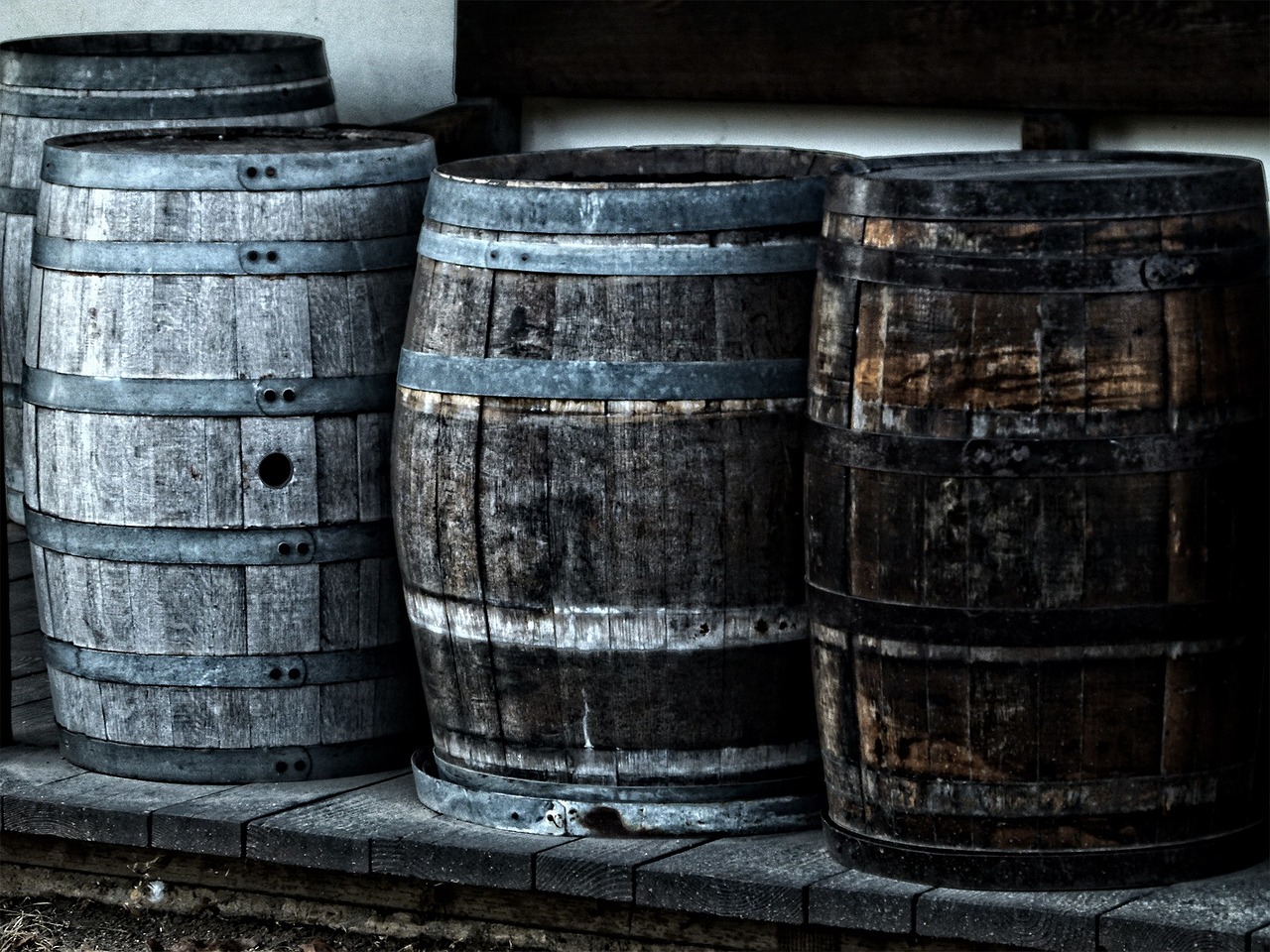The Crucial Role of Wood in Bourbon Production
Bourbon, a beloved American whiskey, owes much of its distinctive character to the wood used in its aging barrels. This exploration delves into the wood selection, barrel crafting, and aging process that contribute to bourbon's unique flavor profile.
Wood Selection: American White OakAmerican white oak (Quercus alba) is the preferred wood for bourbon
barrels due to its:
1. Rich flavor compounds, particularly tannins and vanillin
2. Coarse grain structure that facilitates flavor absorption
3. Abundance in the United States
Barrel Construction and Charring
Bourbon regulations mandate aging in new, charred oak barrels. The charring process:
- Caramelizes wood sugars, enhancing flavor
- Offers varying char levels, affecting taste intensity
- Acts as a natural filter, smoothing the spirit
The Aging Journey
During barrel aging, bourbon undergoes transformations:
1. Expands and contracts with temperature changes, interacting with the wood
2. Oxidizes through air exposure, developing complexity
3. Absorbs compounds from the wood, gaining vanilla, spice, and sweet notes
Regulatory Standards
U.S. law requires bourbon to be aged in new charred oak barrels, distinguishing it from other whiskeys like Scotch.
Wood Experimentation
While American oak is standard, some distillers explore alternatives:
- French oak for spicier, more tannic flavors
- Hybrid or alternative wood barrels for unique taste profiles
In Conclusion
The choice of wood, particularly American white oak, and barrel construction techniques are fundamental to bourbon's distinct characteristics. This understanding enhances appreciation for the craft and tradition behind this iconic spirit.


